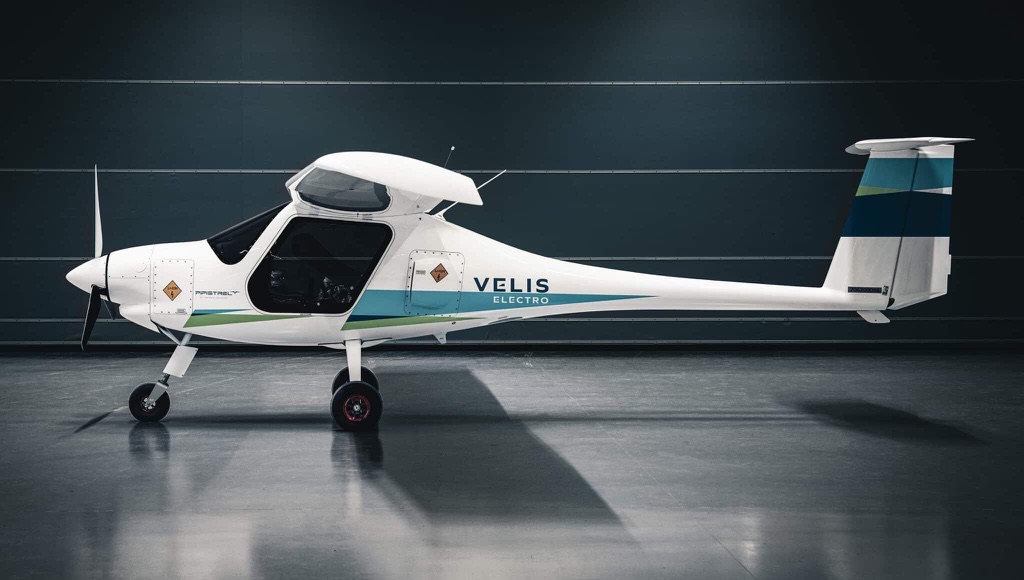
An Electric Plane That’s Quieter, Greener, and Potentially Cheaper to Operate
The world of aviation has been watching the automotive industry’s electric revolution from the sidelines for years. But now, thanks to innovative companies like Pipistrel, electric aircraft are finally preparing for takeoff. Leading the charge is the Pipistrel Velis Electro – a sleek electric airplane that promises a quieter, greener, and potentially more cost-effective future for pilot training and recreational flying.
At first glance, the Velis Electro looks strikingly similar to Pipistrel’s popular gasoline-powered Virus SW 121 trainer aircraft. But look closer and you’ll spot some key differences – a three-bladed propeller, a streamlined instrument panel, and of course, that telling battery charge port.
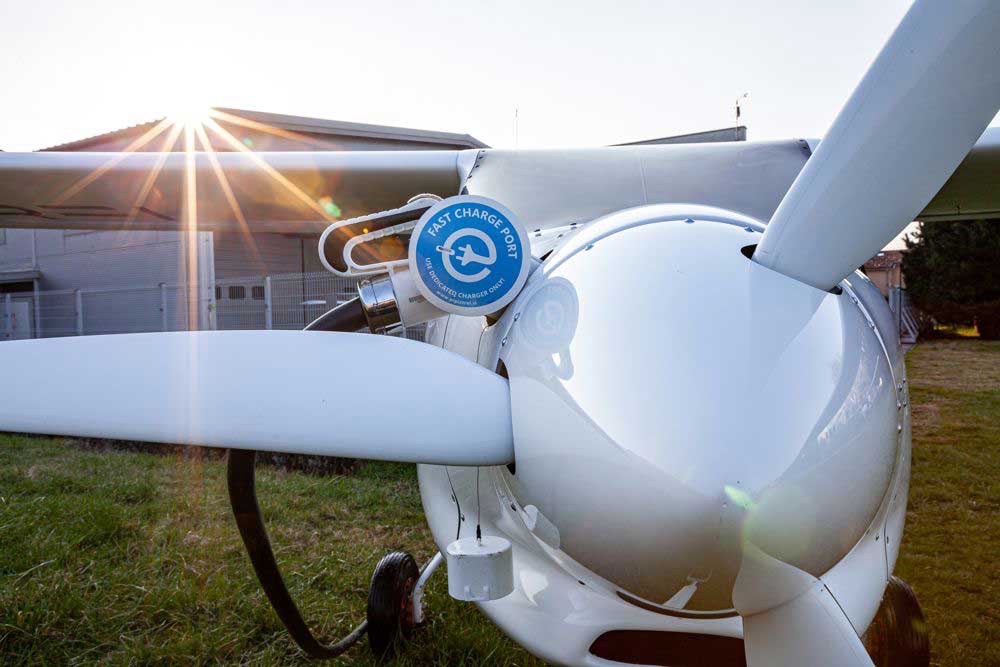
This lightweight two-seater isn’t just a flight of fancy either. The Velis Electro has some serious specs under its lightweight composite airframe:
- Max Speed: 124 mph (200 km/h)
- Range: Up to 50 minutes of flight time, plus VFR reserves
- Climb Rate: 647 ft/min (3.3 m/s)
- Service Ceiling: 12,000 ft (3,660 m)
- Weight: 943 lbs (428 kg) empty, 1,322 lbs (600 kg) max takeoff
But the real story lies in the electric powertrain. The Velis Electro swaps a traditional combustion engine for Pipistrel’s E-811 electric motor and battery system, rated at 57.6 kW. This gives the little plane a zippy performance, with snappy acceleration and climb rates comparable to its gasoline cousins.
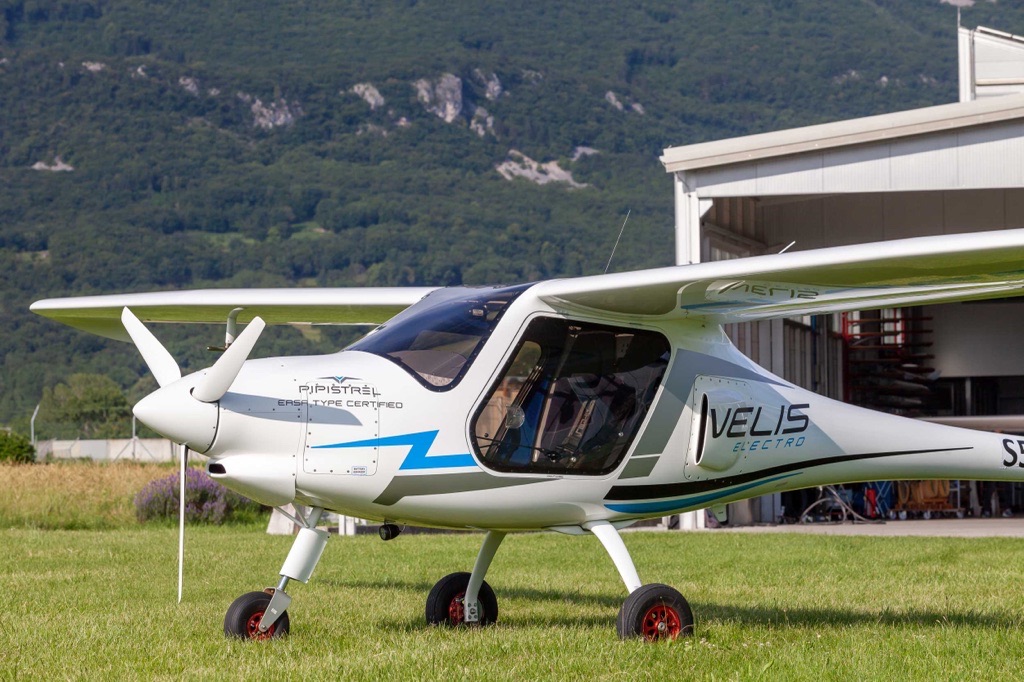
Electric Advantages Take Flight
So what’s the appeal of electric propulsion for small aircraft? There are several key benefits:
Performance
- Smooth, instant torque delivery from the E-811 motor
- No noise/vibration from a combustion engine
- Lower operating costs compared to Avgas aircraft
Emissions
- Zero direct emissions when flying on battery power
- Reduced environmental impact, especially at small airfields
Simplicity
- Fewer moving parts than in gasoline piston engines
- Easier engine operation and maintenance
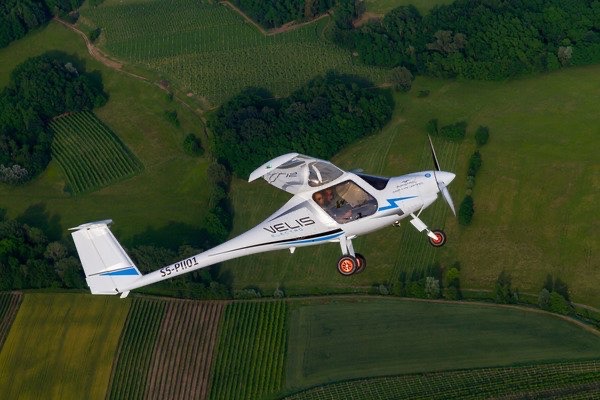
Pipistrel Velis Electro
Perhaps most compellingly, Pipistrel claims the operating costs for the Velis Electro are 30% lower than an equivalent Virus SW trainer when accounting for maintenance, insurance, and charging instead of avgas. For flight schools, that could mean major long-term savings.
Experienced pilots who have flown the Velis Electro rave about the smooth, quiet power delivery and surprising performance capabilities. “It’s really a kick,” said one pilot after a demo flight. “When you advance the throttle, you get an instantaneous response with no vibration, no noise.”
On takeoff roll and initial climb, the plane is so quiet that pilots need to be extra vigilant for vehicles/people on the airfield. But once aloft, the experience is serene – just the sound of the rushing airflow over the airframe.
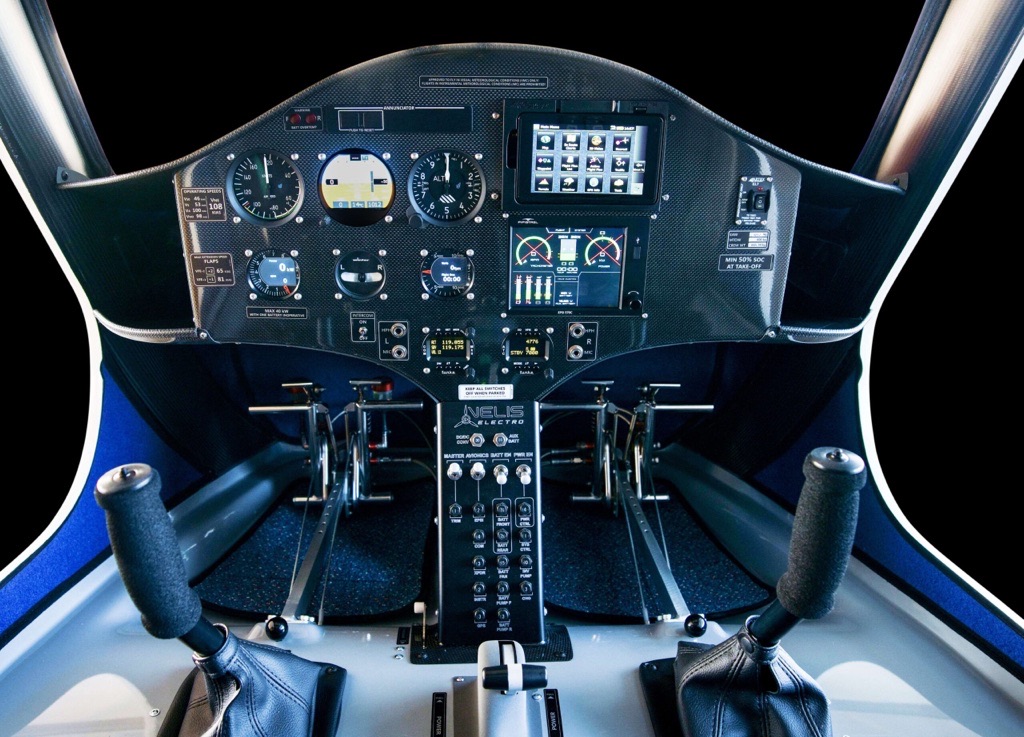
Tailored for Pilot Training
While the Velis Electro was primarily designed as an electric flight trainer, its combination of performance, low operating costs, and environmentally friendly design could also make it popular for recreational flying, aerial photography, and even short personal cargo flights.
For pilot training, in particular, electric power provides some key advantages:
- Reduced Noise Footprint: Extremely quiet operation makes the Velis Electro great for noise-sensitive airfields and communities
- Simplicity: Students can focus on flying basics without the complexities of engine management
- Cost Savings: Lower operating costs free up budgets for more instructors/flight time
- Green Perception: An electric trainer helps modernize aviation’s image for a new generation
Pipistrel has already received orders for over 250 of the planes from major European flight training operators like Bartolini Air and Air Vert. As the electric aviation market continues developing, we could see many more electric trainers start taking to the skies.
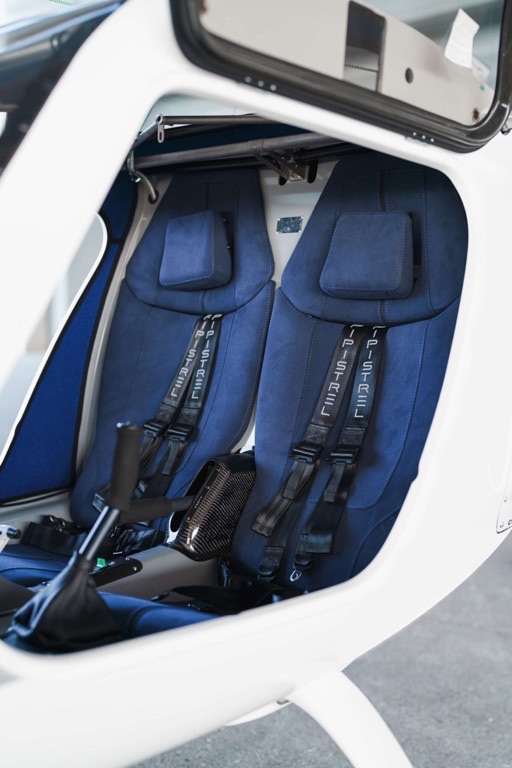
Electric Aviation Pioneer
While the Velis Electro is currently the only fully electric airplane certified for commercial operation, it’s just the start for Pipistrel’s electric ambitions and the industry as a whole. The company is already working on larger electric and hybrid designs with extended ranges.
Other companies like Eviation, Heart Aerospace, Beta Technologies, and more are all racing to develop electric aircraft for short-haul passenger, cargo and even urban air mobility roles in the coming decade. NASA’s X-57 Maxwell experimental aircraft could also help accelerate electric propulsion technologies.
Electric aviation may still seem novel, but pioneers like Pipistrel are proving it’s an idea ready for liftoff. If the Velis Electro is any indication, the future of electric flight could be surprisingly affordable, clean, and quiet.
The sky is no longer the limit – it’s an open runway to explore new frontiers of sustainable aviation. While we wait for the inevitable battery breakthroughs ahead, let’s celebrate the first steps into an electrified future of flight.
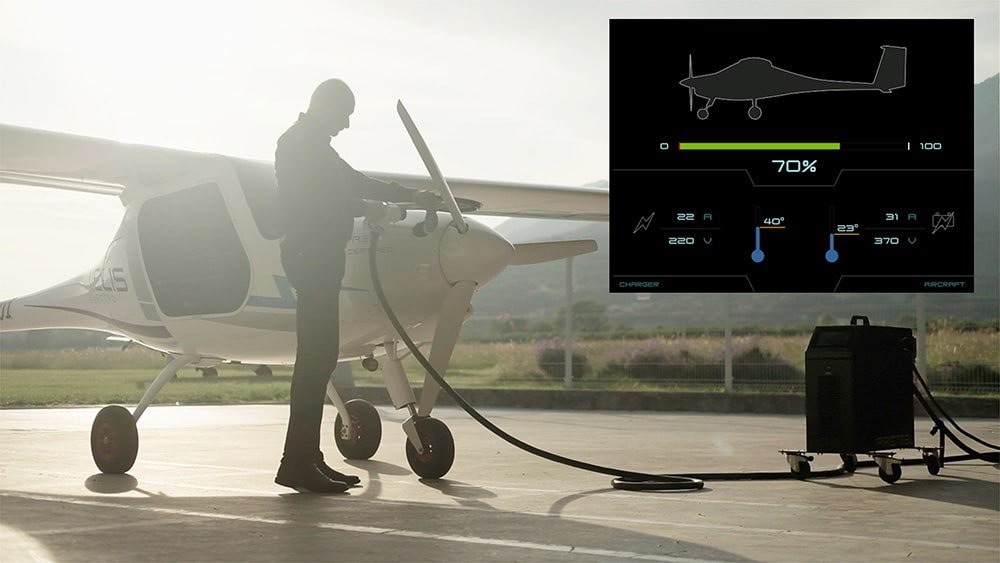
Share Your Thoughts!
What do you think about electric aircraft like the Pipistrel Velis Electro? Is the future of aviation battery-powered? Drop a comment below and let us know your thoughts!
